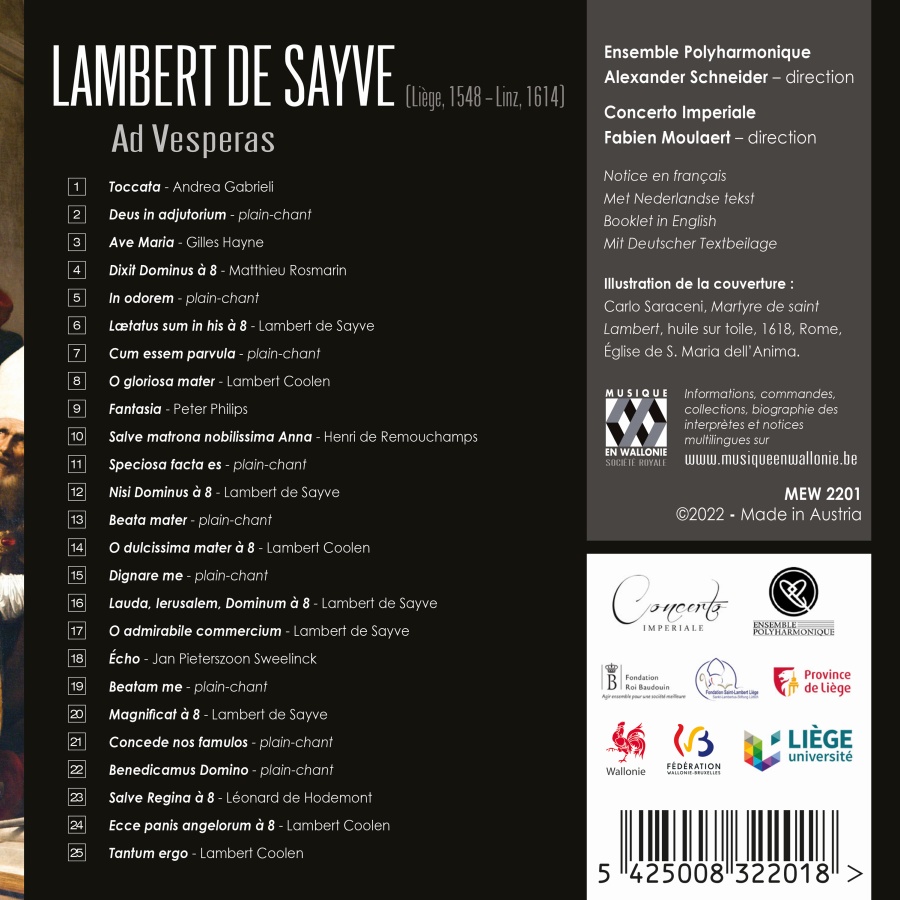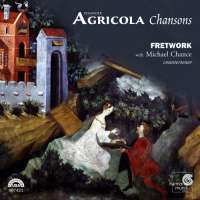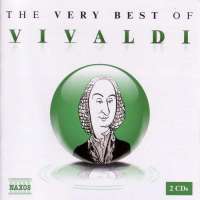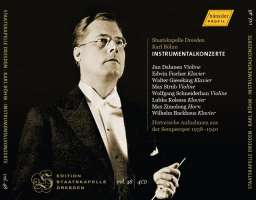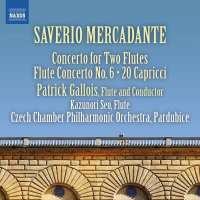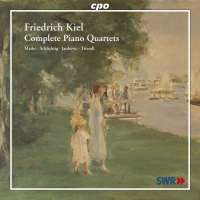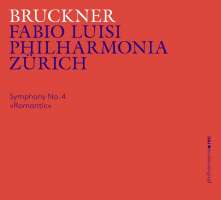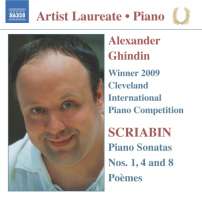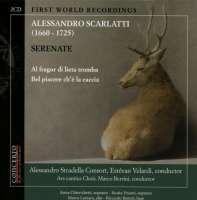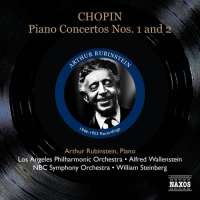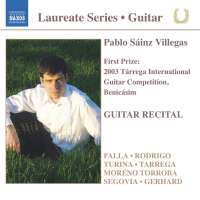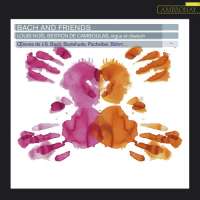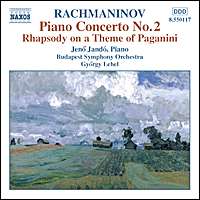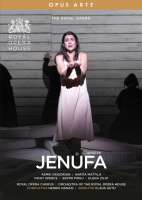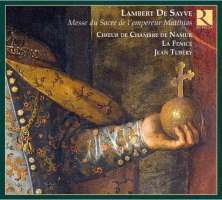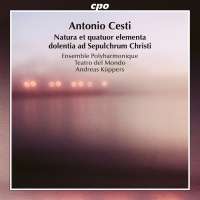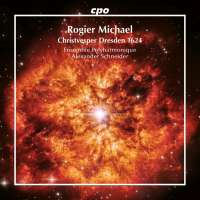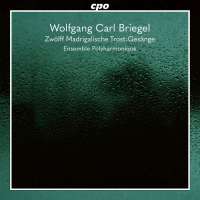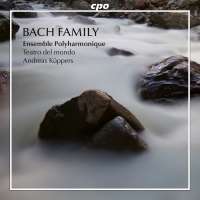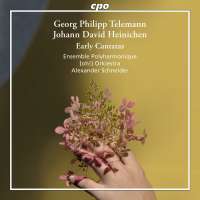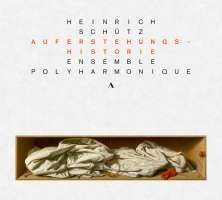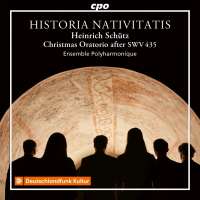
kompozytor
Savye, Lambert de
tytuł
Savye: Ad Vesperas
wykonawcy
Ensemble Polyharmonique;
Concerto Imperiale
Concerto Imperiale
nr katalogowy
MEW 2201
opis
In the 17th century the city of Liège, capital of an enormous diocese and of a principality within the Empire, was described as a “priests’ paradise” on account of its imposing cathedral, its seven collegiate churches, about thirty parish churches, and its numerous abbeys and monasteries. This recording does more than justice to two manuscript which provides rare evidence of the polyphonic repertoire in use by the Liège religious orders in the first half of the 17th century: Grand livre de chœur de Saint-Lambert and Livre d’orgue des frères croisiers. The fifty-odd 4- to 8-part motets assembled in the Grand livre de chœur are by the hand of Liège composers from the first half of the 17th century who, with the exception of Gilles Hayne, were all active at the cathedral. These motets illustrate the permanence of the rite in honour of the patron saint of the diocese, Bishop Lambert, and other acts of devotions in favour in Liège at the time.
Following the traditional format of the evening office, the vespers presented here alternate psalms and antiphons and end with a Magnificat with a particularly rich tonal texture. Sayve’s Magnificat for double chorus, preserved in the national library at Ljubljana, here receives its first recording. Drawing on extant sources of composers who all maintained a link with Liège, the Polyharmonique and Concerto Imperiale ensembles, under the direction of Alexander Schneider et Fabien Moulaert, here offers a programme remarkable for its great stylistic and musical coherence.
nośnik
CD
gatunek
Muzyka klasyczna
producent
Musique en Wallonie
data wydania
03-10-2022
EAN / kod kreskowy
5425008322018

(Produkt nie został jeszcze oceniony)
cena 79,00 zł
lubProdukt na zamówienie
Wysyłka ustalana indywidualnie.
Darmowa wysyłka dla zamówień powyżej 300 zł!
Darmowy kurier dla zamówień powyżej 500 zł!
sprawdź koszty wysyłki